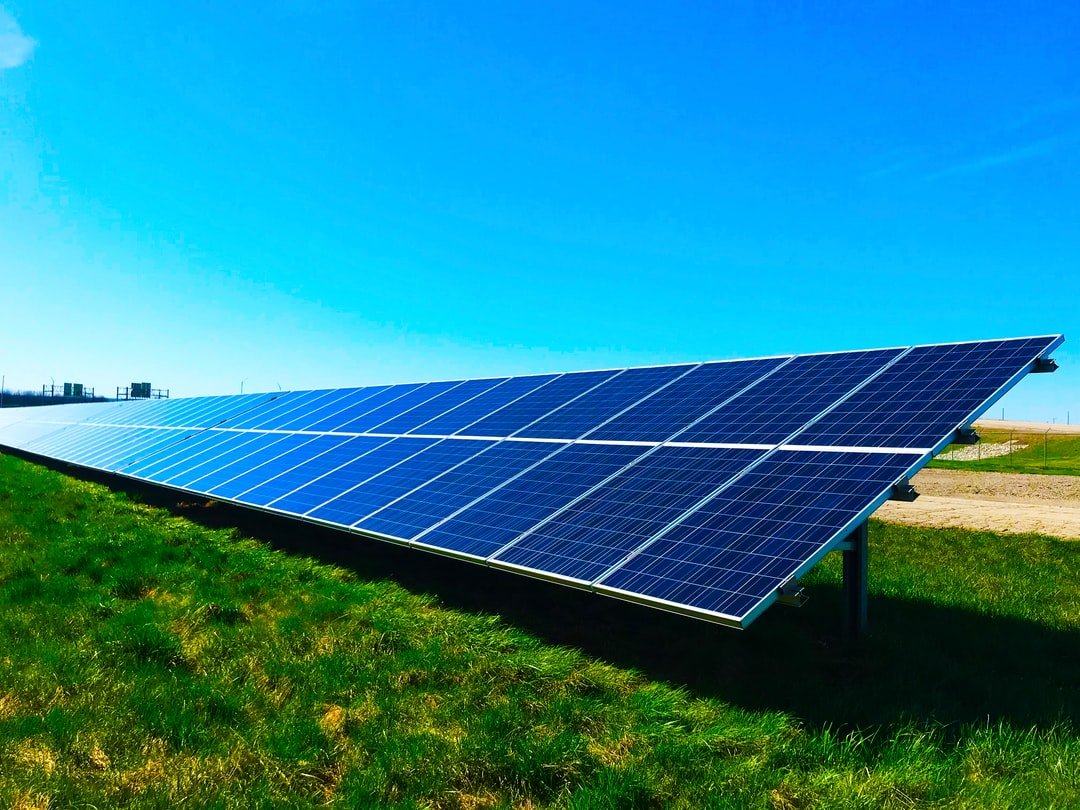Solar Panel Installation Day - A Brief Overview

Solar panels, which use the sun's power to generate electricity, can be easily installed by a qualified professional, making solar panel installation an easy DIY project. Like any home improvement, the solar panel installation procedure will differ based on the home of specific features, so working with an experienced solar installer will guarantee smooth sailing during the installation. Before you begin the solar panel installation, it is important to consider your home's electrical needs. Many homes are now solar ready, but others require preliminary wiring and connections before you can even start the panel installations. A qualified electrician should make this step as easy as possible, allowing you to get on with your other projects during the time the electricians is completing the work. Learn more about solar energy here: blueravensolar.com/florida/orlando/.
The next step in the solar panel installation will be placing the devices on the roof. In general, you would need to choose an area that has direct access to the sun in order for you to generate power, such as on the top of a detached or attached building. After determining the location, contact the electrician to find out what type of devices you need. In general, it is a good idea to avoid installing large solar panel installation on roofs that have limited or non-existent access to sunlight. For example, if you live in an apartment building that does not have an attached garage, it would not be advisable to place a large solar panel installation on top of the roof, as the panels could potentially damage the roof if the power meter were to fall.
After choosing the proper location, the next step in the installation will be mounting the devices. Depending on your electricity provider, you may not have the option of simply mounting the devices on the roof. In most cases, you must locate the devices on the sides of the building, at a height that will allow them to get maximum exposure to direct sunlight. Depending on the complexity of your solar energy system, you may want to hire a professional to install your solar panel installation. In this case, you would be responsible for making sure the installation is done properly. For you to ave effective solar power, you need to get enough sunlight.
Once you have located your panels, you can then decide whether to mount them on the top of your roof, or on the side of the building. Most people prefer to mount solar panels on the side of the building, because it enables them to sit higher and take advantage of unobstructed views. Of course, some buildings have restrictions on how high you can mount the solar energy panels. In these cases, you should check with the building owner to ensure that your new installation meets their requirements.
The next step to the solar panel installation day is to identify the best locations for the solar panels. Once you have decided where you want to place the panels, the next step is to contact your electrician and arrange for them to be mounted on the roof. If you do not know how the electrician will mount the wiring, you may ask him to run the wiring through the roof so that you do not have to worry about it. Make sure the electrician has permission to work in your home, as well. Remember, some electricians may require a contractor's permit when they are installing your roof.
The next step is the actual panel installation. You will need at least two crew members to help you lift the solar panels onto your roof. You will also need two more crew members to hold the wires that are running from the electrician to the solar panels. Having two more people to help you during the installation is essential if you are not strong enough to lift the panels by yourself. Read more now about solar at https://www.britannica.com/science/solar-energy.
